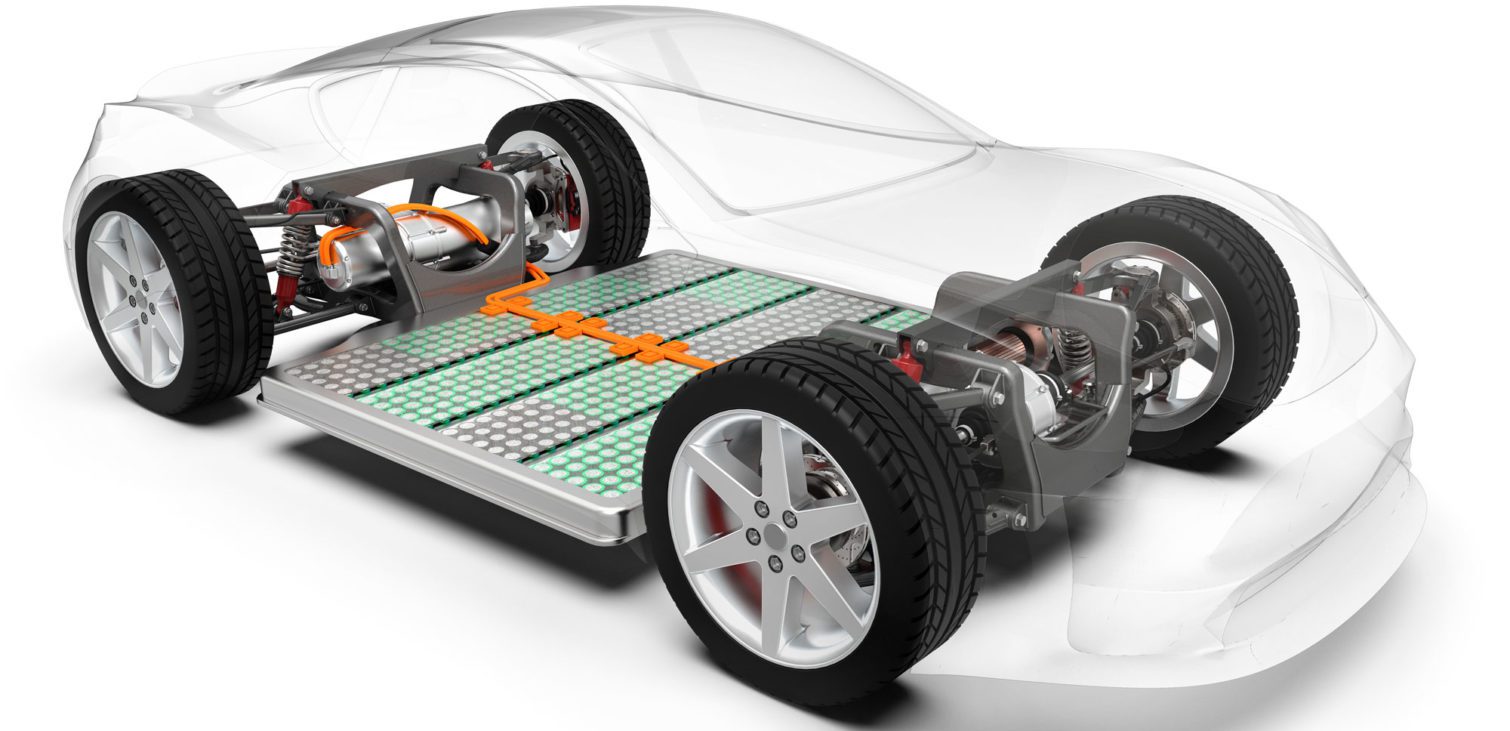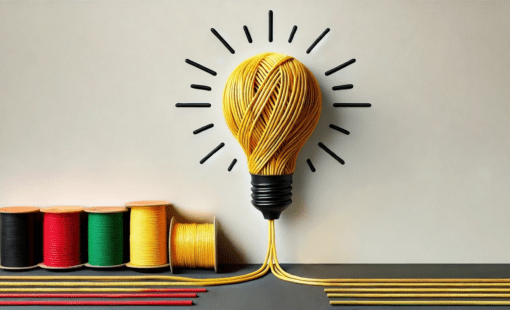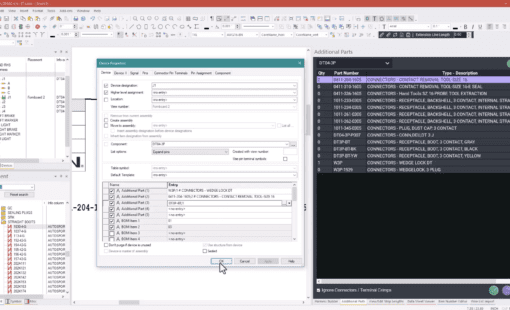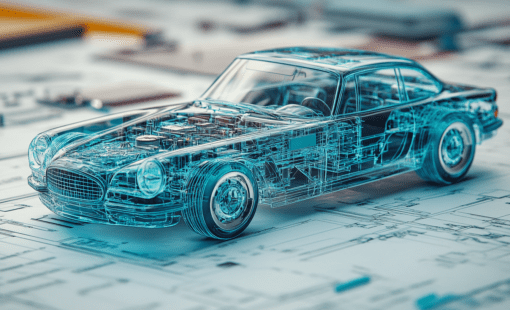The debate between manufacturing wire harnesses in-house vs outsourcing is a never-ending debate. However, the equation drastically changes when considering outsourcing manufacturing as well as design. The recent pandemic brought forth supply chain management questions and the erosion of local manufacturing capabilities. Now, the lack of supply is contributing to runaway inflation. Companies are finding it hard to boost output to meet the demand due to many factors, including staffing challenges, equipment delays, and cost escalation. Is there a definitive answer to the current challenges? In the in-house vs outsourcing debate, is one inherently better than the other?
The answer is more nuanced than simply saying right or wrong. For instance, in-house manufacturing (also known as in-housing or insourcing) and outsourcing both have many clear benefits and their fair share of challenges. So much so that we have seen companies go back and forth between the two models every few years. Furthermore, some teams employ a mix of both approaches on a case-by-case basis. No doubt, it is imperative to secure and maintain local manufacturing expertise. Whereas some level of outsourcing, at least locally, is essential for OEMs, supply chains, and the economy. So, should companies design and manufacture wire harnesses in-house or outsource the process?
In-house vs Outsourcing for Wire Harness Design
Not surprisingly, the answer depends on the situation and circumstances of individual companies. However, one thing is clear, most of the challenges are rooted in the wire harness design process impeding success with either model. Historically, fewer teams have shown interest in outsourcing designs more than manufacturing. The consumer vehicle industry is a notable exception to this observation. A full-service supplier has a much broader meaning in the consumer vehicles industry than in consumer products.
Although challenges may have slight variations, the overall design and manufacturing philosophy remains fundamentally the same for in-house vs. outsourcing. Commonly, the problem’s source and the resolution’s ownership change with the choice between in-housing and outsourcing. As mentioned, there is no panacea to help choose between in-housing and outsourcing. However, there are some helpful considerations to ease the decision-making process.

Challenges with Managing IP in Outsourcing
Outsourcing always runs the risk of diluting the control and use of the intellectual property. Mitigation options with legal and business processes are mildly effective but are not a remedy. Regarding IP, in-housing is always the better option. That said, wire harness design and manufacturing typically has less sensitive IP challenges, unlike in hi-tech. Additionally, there are significant benefits to gain from outsourcing services providers applying the knowledge learned from other projects.
Another essential process for maintaining IP while outsourcing or in-housing is to use intelligent wire harness design tools. For instance, design tools like Harness Builder for E3.series capture, standardize, and save design best practices along with manufacturing intelligence inside the application. Thus, reducing the impact of replacing an outsourcing partner or an internal resource.
Managing Quality In-House vs. Outsourcing
Unlike IP, a skilled outsourcing partner has the potential to improve the quality management processes. The expectation is that the experience of working on multiple wire harness projects helps sharpen the design and manufacturing processes. Although skilled, some outsourcing partners do not have a mature design-to-manufacturing process. In such cases, In-housing does provide a higher level of versatility and flexibility to improve key targeted areas quickly. However, this requires establishing stringent design rule checks and standards.
Intelligent design tools like E3.series provide built-in, highly automated design rule checks. Design solutions that automatically keep data and changes in sync across the project help simplify quality management in-house or outsourcing business models. Maintaining standard parts libraries also helps create consistency between projects. Furthermore, driving automated manufacturing options directly from design data significantly and positively impacts production consistency and quality.
Driving Innovation
There is consensus in saying innovation is the key to staying ahead of the competition. Undoubtedly, innovation does not happen in a vacuum. It requires a concerted effort to drive innovation. Teams that are constantly exploring new ways to find efficiencies often innovate faster. Arguably, outsourcing partners are sometimes in the best position to innovate since they are exposed to multiple challenges from multiple sources with a narrower focus.
However, in-house teams working towards driving innovation are more successful because they benefit from a more holistic view of the product and its challenges. Immaterial of the sourcing decisions, a critical factor in driving innovation is to simplify processes and actively identify bottlenecks. Another factor to successfully drive innovation is to manage and improve communication.

Managing Communication
Like in everything, communication is critical to success in design and manufacturing. Although, having an in-house team is no guarantee of great communication culture. It is often easier to manage internal communications than with an outside vendor. Outsourcing can be local or on a different continent with language barriers and cultural vagaries. Nevertheless, streamlining designs and processes goes a long way in easing communication both internally and with outside vendors.
Using intelligent design tools, streamlining communication of design ideas and manufacturing details is more straightforward. For instance, a solution like Harness Builder for E3.series removes the ambiguity and errors in many areas. It reduces the possibility of miscommunication or human error by establishing design standards, best practices, and design rule checks. Moreover, multiple levels of automation to produce outputs directly for production machines further improves the communication between engineering and manufacturing, whether in-house or external.

Tools and Solutions
A purpose-built design platform is the first step in creating a robust design-to-manufacturing workflow. In-house and vendor teams benefit from using the right tool for the job. For companies choosing in-housing, establishing clear design standards and processes has many benefits. It helps improve productivity and quality and prepares them to take advantage of occasional outsourcing requirements without massive overheads.
For companies choosing to outsource, establishing design standards, methods, and tools can help standardize the process agnostic of the vendor. As a result, it is easier to move to a different vendor or manage external challenges like the ones created by the pandemic. For instance, vendors using E3.series can set project and parts library standards to maintain consistent results for each client. Using innovative tools like E3.HarnessAnalyzer, in-depth design reviews can be completed without a complete design tool.
In-house vs. Outsourcing for Wire Harness Design
The challenge with design, especially wire harness design, is that although electrical, wire harnesses heavily depend on mechanical design details. As a result, outsourcing sometimes requires a more extensive scope, narrowing vendor choices and increasing the complexity of the outsourcing process. Additionally, completely letting go of the design process can potentially lose the knowledge base built inside the current design and manufacturing team.
That is not to say outsourcing the design and manufacturing is not feasible. However, it does require more guard rails than manufacturing-only projects. Surprisingly, the options to streamline a design process are not significantly different between in-housing and outsourcing. Most importantly, no matter the decision, it is essential to create a flexible environment without compromising quality. Experience, flexibility, and the right tools are foundations for success.
Additional Products and Resources
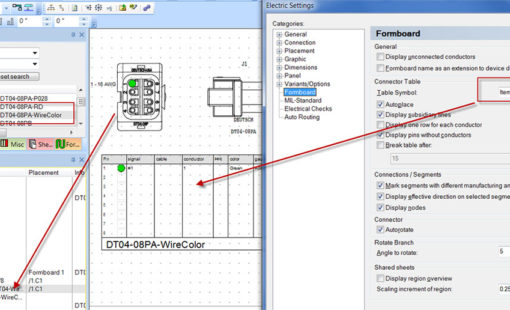
- Products
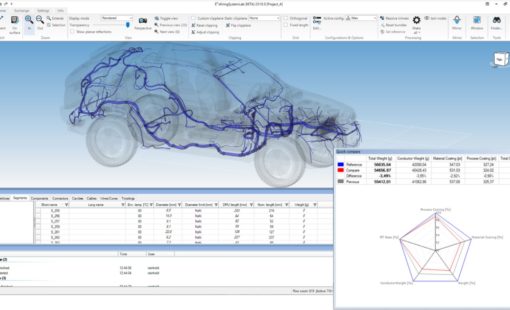
- Press Release
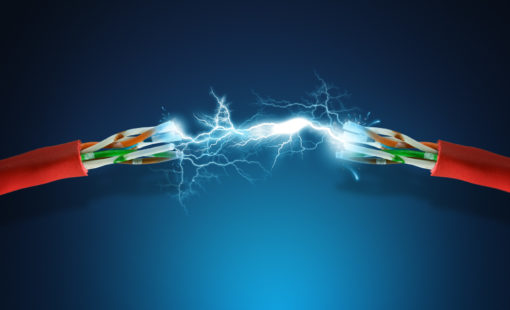
- Products
E3.series is a Windows-based, scalable, easy-to-learn system for the design of wiring and control systems, hydraulics and pneumatics. The out-of-the-box solution includes schematic (for circuit and fluid diagrams), cable (for advanced electrical and fluid design), panel (for cabinet and panel layout), and formboard (for 1:1 wiring harness manufacturing drawings). Integrated with MCAD, E3.series is a complete design engineering solution from concept through physical realization and manufacturing output.
